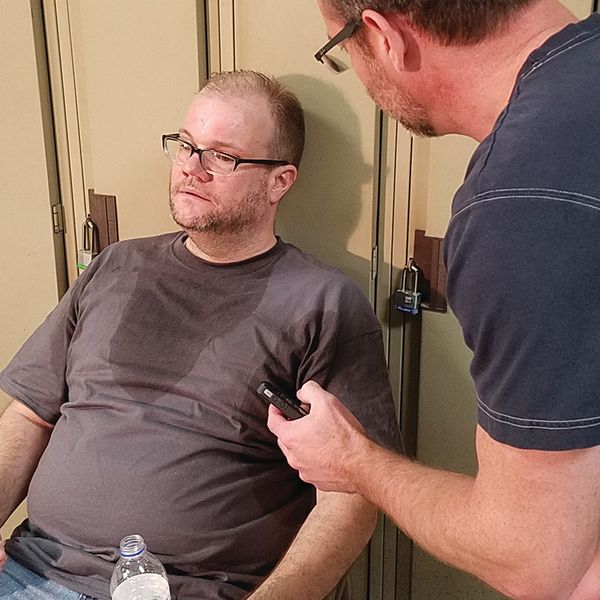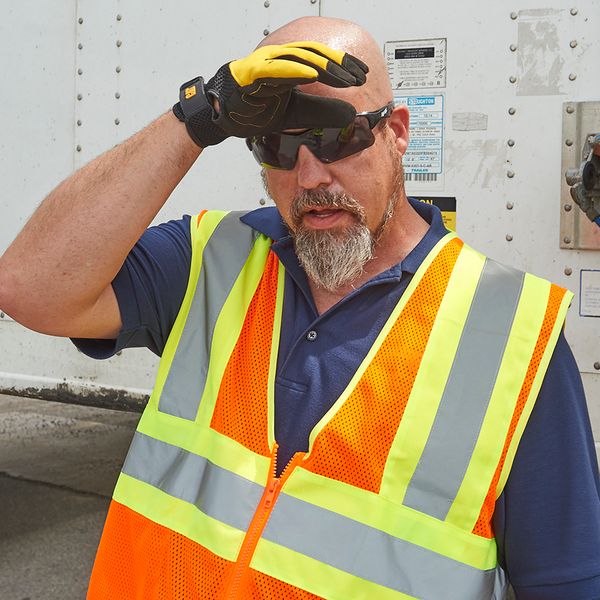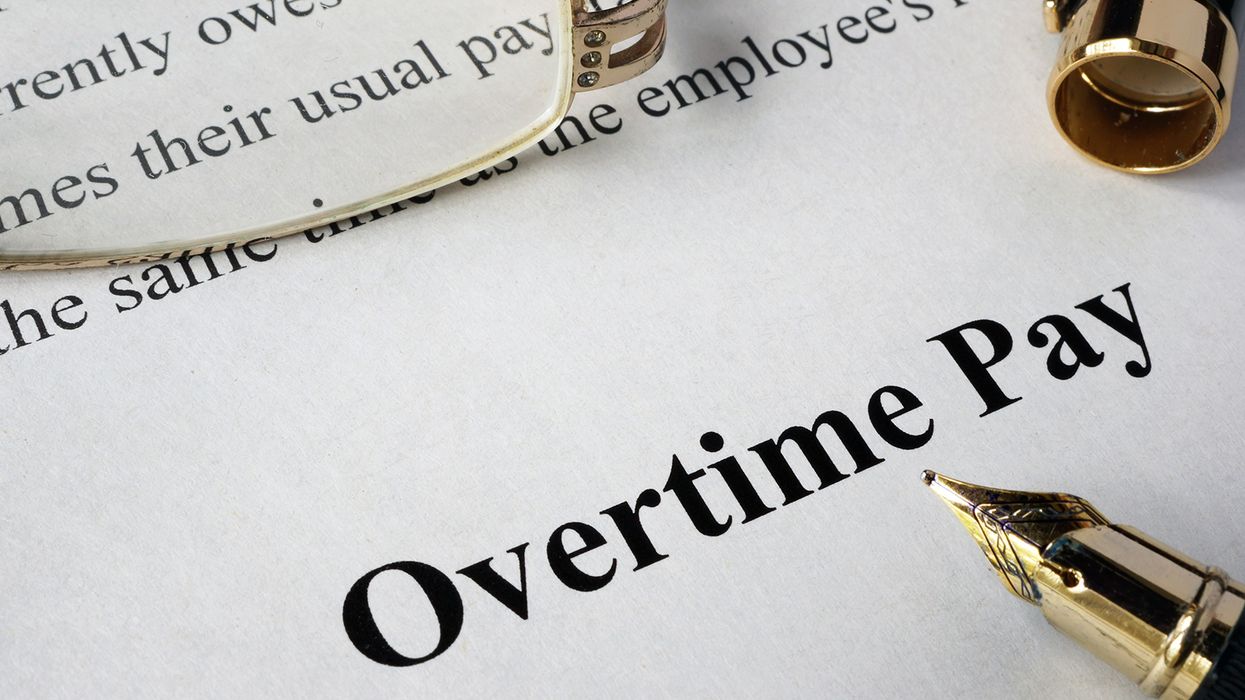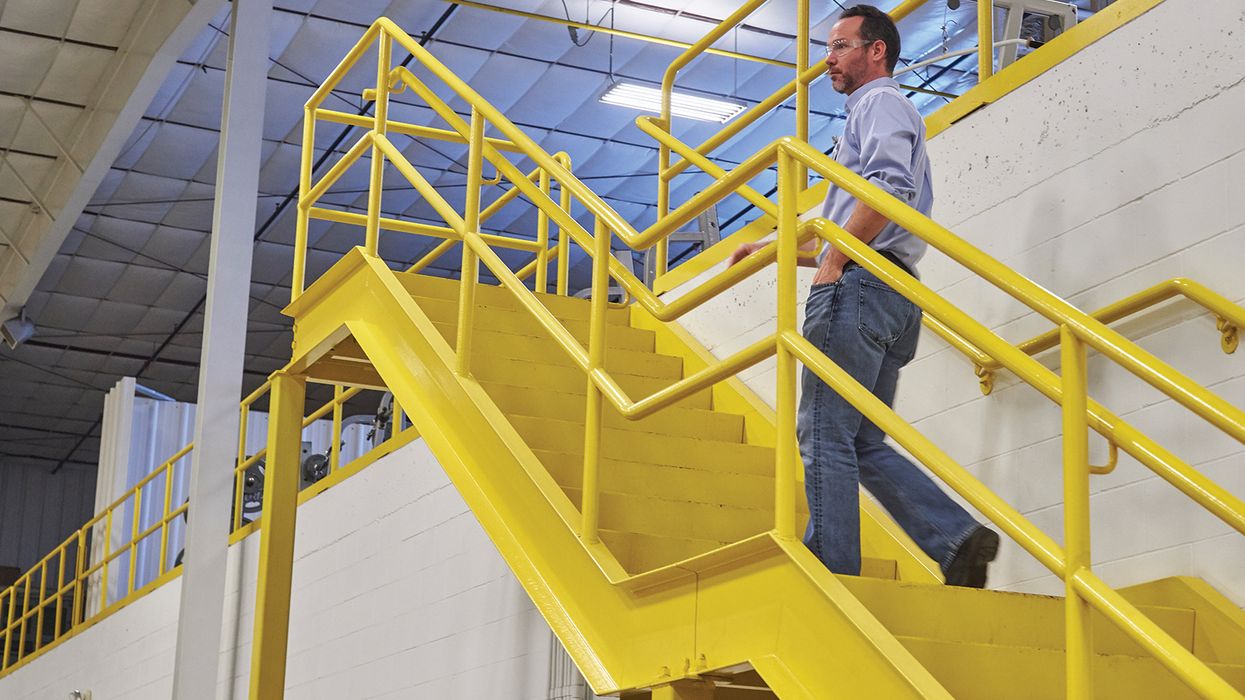Legislation to fast-track OSHA Heat rule to arrive next summer
Two just-introduced Congressional bills would force OSHA to publish an interim final rule on outdoor/indoor heat in one year! Senate and House versions of the Asunción Valdivia Heat Stress Injury, Illness, and Fatality Prevention Act are named in honor of Asunción Valdivia, who died in 2004 after picking grapes for 10 hours in 105-degree temperatures. He died of heat stroke at the age of 53.
| See these three related articles — “OSHA Seeks Industry Input on Heat Standard” (6/28/2023), “OSHA Heat rule: 5 Core Elements Win Consensus with Advisory Committee” (6/12/2023), and “Deep-dive into OSHA’s Heat Exposure NEP” (5/2/2022). |
“Heat illness affects workers in our nation’s fields, warehouses, and factories,” said Robert C. “Bobby” Scott (D-VA). “This legislation will require OSHA to issue a heat standard on a much faster track than the normal OSHA regulatory process.”
General duty to protect workers from heat
The bills (S. 2501 and H.R. 4897) begin with a “General Duty Clause” on heat, which says, “Each employer shall … furnish employment and a place of employment free from conditions that may reasonably be anticipated to cause death or serious physical harm from heat stress.” This basic duty would kick in without delay, once the legislation passes.
OSHA rule on heat is baked in the bill
In addition, the two bills require a timeline for OSHA rulemaking:
- No later than one year after enactment of the Act, OSHA must issue an interim final rule establishing a worker heat protection standard and related recordkeeping and reporting requirements. The rule would come with a reasonable effective date and remain in effect until superseded by a permanent final rule.
- OSHA must grant or deny any petition for the agency to promulgate or modify a worker heat protection standard within 18 months of receipt. OSHA cannot deny the petition solely on inadequate resources or time for review.
- Within one year of granting a petition for rulemaking, OSHA must publish a proposed worker heat protection standard.
- Within one year of the proposal, OSHA must publish a permanent final rule with a reasonable effective date.
Suggested elements of a Heat rule
The legislation gives OSHA the authority to issue a rule with any regulatory elements it finds necessary, as long as they are based on best available evidence and:
- Establish the greatest protective measures to prevent illness, and
- Attain the highest degree of health protection feasible.
However, the bills offer some suggested regulatory elements, including:
- Requirements equivalent to those adopted by state-plan states;
- Recommendations from NIOSH and other organizations;
- Covered employers grouped by category;
- Engineering controls, such as ventilation, insulated hot surfaces, climate-control technologies, and isolation/shielding workers from heat sources;
- Administrative controls that adjust work procedures, schedules, and practices;
- Personal protective equipment at no cost to the worker, such as water-cooled or air-cooled garments, heat-reflective clothing, and cooling vests;
- Medical monitoring, emergency response, and medical removal;
- Training workers and supervisors in a language they can understand;
- A written heat illness and injury prevention plan; and
- Core practices like providing cool potable water, periodic paid rest breaks, shade, and acclimatization.
Related news
At the same time the bills were introduced, OSHA issued a Heat Hazard Alert to nudge employers to protect workers against outdoor and indoor heat at work. The two-page alert offered in English and Spanish (OSHA HA-4279 and OSHA HA-4280) suggests that employers:
- Provide workers with water, rest, and shade;
- Allow new or returning workers to acclimatize to heat;
- Train workers on heat illness prevention; and
- Monitor workers for signs of heat illness.
In addition, OSHA is anticipating a small business panel, scheduled to convene on or about August 21 to consider OSHA’s “options” for regulatory elements to prevent or reduce heat injury and illness in outdoor and indoor settings. Once the panel begins, OSHA may release a draft rule. The agency says the panel will consider options that include:
- The scope of a potential standard,
- A heat illness and injury prevention program,
- Hazard identification and assessment,
- Hazard prevention and control,
- Medical treatment and emergency response,
- Worker training, and
- Recordkeeping.
The small business panel is anticipated to issue recommendations to OSHA in October, after which the agency is free to propose a rulemaking.
OSHA head Doug Parker recently said, "Employers have a duty to protect workers by reducing and eliminating hazards that expose workers to heat illness or injury."
Key to remember
While OSHA marches forward with a proposed rule, two bills in Congress, if passed, would circumvent the slow rulemaking process and, instead, force the agency to issue an interim final rule within a year.






![OSHA Heat rule: 5 core elements win consensus with advisory committee [UPDATED]](https://jjkellercompliancenetwork.com/media-library/image.jpg?id=29723619&width=600&height=600&quality=50&coordinates=1312%2C0%2C1312%2C0)

























































